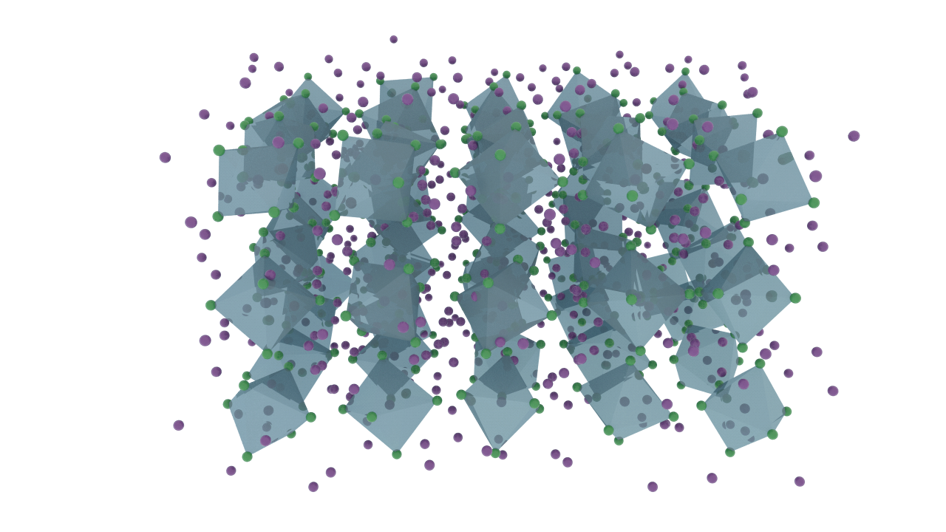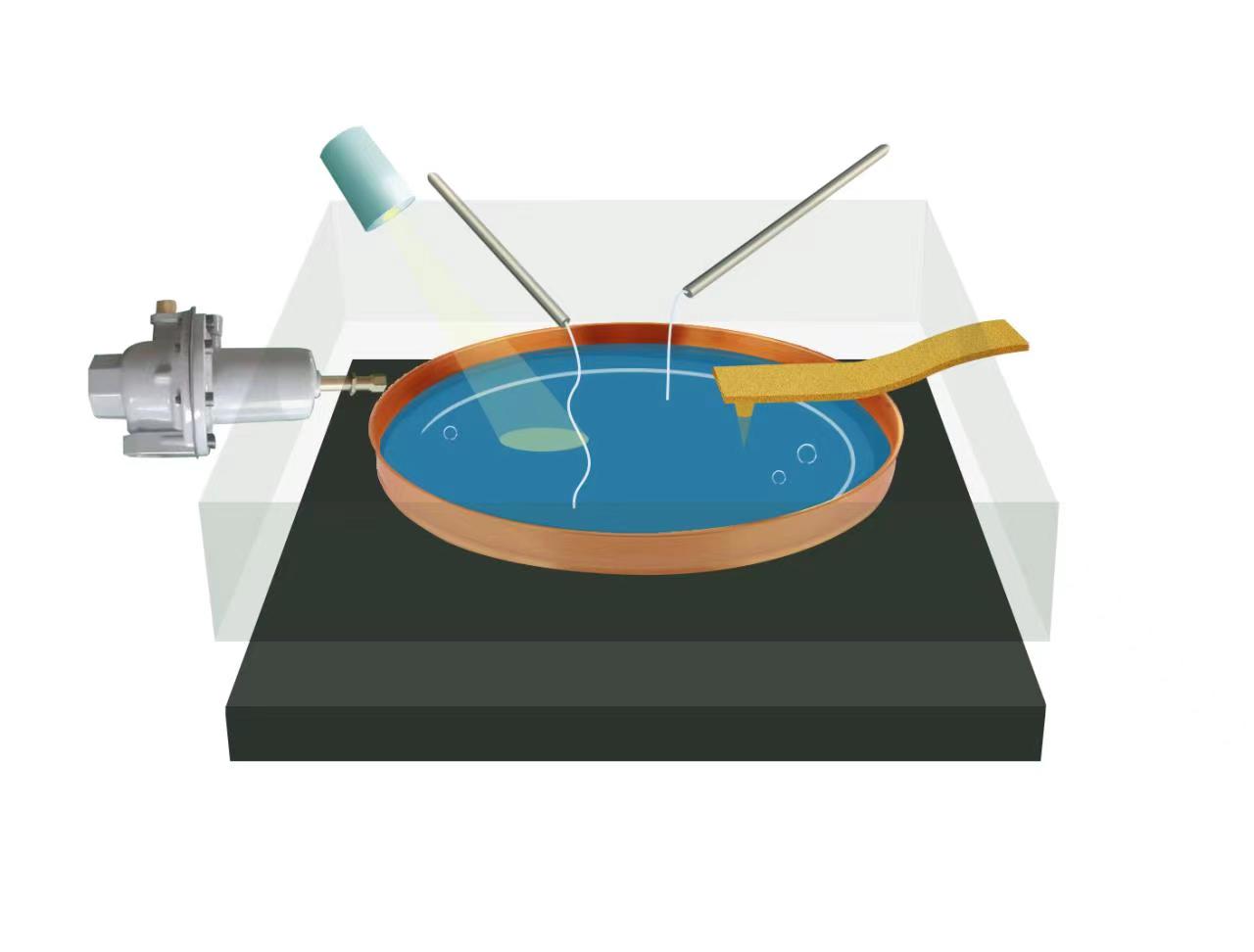Special Professor
Supervisor of Doctorate Candidates
Supervisor of Master's Candidates
E-Mail:
Alma Mater:中国科学技术大学
The Last Update Time: ..
1. Material Geometry
 Our research focuses on a new paradigm of material research based on material geometry. Following the basic theory of structural chemistry, we explore the internal structures from structural motif, their connections and interactions. Main research systems we chose are material with defective, amorphous and glass states. We also focus on issues like phase evolution, in-situ characterization in electrochemical process for energy storage. Our goal is to construct a knowledge map of more functional materials at atomic level for an interdisciplinary collaborative innovation.
Our research focuses on a new paradigm of material research based on material geometry. Following the basic theory of structural chemistry, we explore the internal structures from structural motif, their connections and interactions. Main research systems we chose are material with defective, amorphous and glass states. We also focus on issues like phase evolution, in-situ characterization in electrochemical process for energy storage. Our goal is to construct a knowledge map of more functional materials at atomic level for an interdisciplinary collaborative innovation.
2. Ion battery beyond Li
 Beyond-Li batteries such as Na-ion, K-ion and Zn-ion batteries hold the advantages of cost-effectiveness and environmental sustainability. But their large ion sizes raise difficulties in discover suitable electrode materials. Direct transfer of electrode design principle seems more complex because a huge rebalancing of the guest-host interactions for achieving the favorable coordination environment and associated potential distribution. Our research is interested in discovering new amorphous materials and probing their structure/phase change during electrochemical cycling in pursuit of long-term stability.
Beyond-Li batteries such as Na-ion, K-ion and Zn-ion batteries hold the advantages of cost-effectiveness and environmental sustainability. But their large ion sizes raise difficulties in discover suitable electrode materials. Direct transfer of electrode design principle seems more complex because a huge rebalancing of the guest-host interactions for achieving the favorable coordination environment and associated potential distribution. Our research is interested in discovering new amorphous materials and probing their structure/phase change during electrochemical cycling in pursuit of long-term stability.
3. Metal–CO2 battery
 Metal–CO2 batteries with CO2 as cathode active species give rise to opportunities to deal with energy and environmental issues simultaneously. This technology is more appealing when CO2 is flexibly reduced to chemicals and fuels driven by surplus electricity because it represents a low-cost and controllable approach to maximized electricity utilization and value-added CO2 utilization. We employ various ex-situ and in-situ characterization techniques to probe the structural and phase change and corelate characterization results to electrochemical performance. This allows us to improve material and electrode designs as well as battery testing protocols.
Metal–CO2 batteries with CO2 as cathode active species give rise to opportunities to deal with energy and environmental issues simultaneously. This technology is more appealing when CO2 is flexibly reduced to chemicals and fuels driven by surplus electricity because it represents a low-cost and controllable approach to maximized electricity utilization and value-added CO2 utilization. We employ various ex-situ and in-situ characterization techniques to probe the structural and phase change and corelate characterization results to electrochemical performance. This allows us to improve material and electrode designs as well as battery testing protocols.